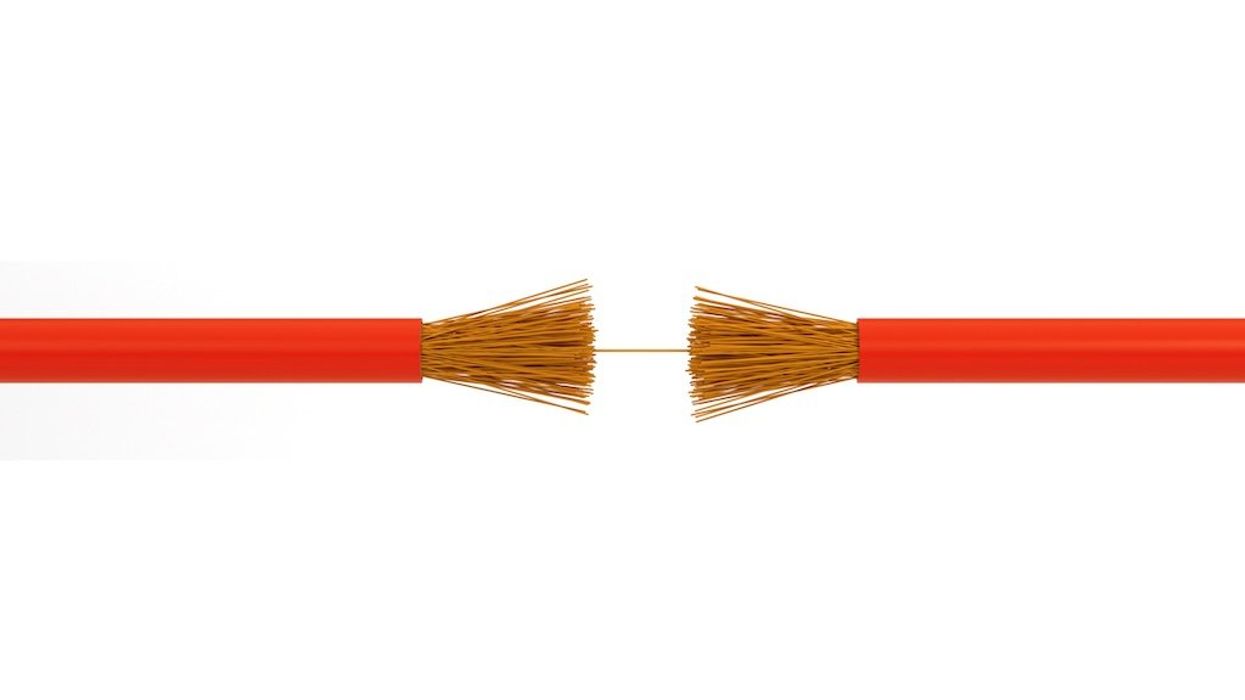
atakan via iStock/Getty Images

Americans moved to 5G and beyond while Washington clings to fiber boondoggles that cost billions and connect no one.
The world is cutting cords at every opportunity. Wireless has become the default. Faster, cheaper, and more convenient beats wired every time. Consumers know it. Industry knows it. Government, as usual, lags far behind.
Americans used a record 132 trillion megabytes of wireless data in 2024. That follows 100 trillion in 2023, 74 trillion in 2022, and 53 trillion in 2021. The trajectory isn’t slowing. Artificial intelligence alone will accelerate demand.
Cutting cords makes life easier. Cutting government waste would, too.
Why the stampede to wireless? Because the technology now outpaces wired service. Fifth-generation networks can deliver speeds 20 times faster than 4G LTE. Sixth generation promises to be up to 100 times faster still.
Consumers are responding. More than one million Americans cut the cord on cable internet in 2024. Less than half of all cord-cutters now rely on cable providers for home service. The trend is irreversible.
Even cable companies acknowledge it when they install Wi-Fi routers after stringing fiber into a home. Wireless is the product people actually use.
Everyone is adapting — except government. Because government is just that stupid.
State officials still funnel billions into fiber even as private-sector wireless has already done the job.
Barack Obama himself declared victory in 2015: 98% of Americans connected to high-speed wireless. At the time, average speeds were 10 Mbps. Today, average wireless speeds reach 155 Mbps — more than 15 times faster. The private market delivered that progress.
RELATED: Trump nukes Biden’s broadband gimmick, saving taxpayers billions

Yet in 2025, states like Louisiana and Virginia plan to spend 80% of their federal Broadband Equity, Access, and Deployment program dollars on fiber. That program carries a $42.5 billion price tag. Fiber may be reliable in limited contexts, but it is costly and slow to deploy. Starlink has flagged projects with per-household connection costs exceeding $10,000. That’s not infrastructure — it’s idiocy.
The mismanagement is staggering. The BEAD program, launched in 2021, has yet to connect a single person. By late 2024, the score was still zero. Another year has passed, and states remain bogged down in bids and bureaucracy. Meanwhile, nearly every American has been online for a decade.
Wireless continues to do the work. It connects homes, cars, and devices at ever-increasing speeds. The private sector solved the access problem years ago. The government now wastes hundreds of billions pretending to fix a problem that no longer exists.
That money buys ribbon-cuttings, not results. It funds reports and grants, not connections. It props up a fiber fetish that ignores how people live and work.
The pattern is clear: When consumers get to choose, they choose wireless. When politicians get to spend, they throw billions at fiber networks no one needs.
The market has spoken. Government refuses to listen. Cutting cords makes life easier. Cutting government waste would, too.
Seton Motley